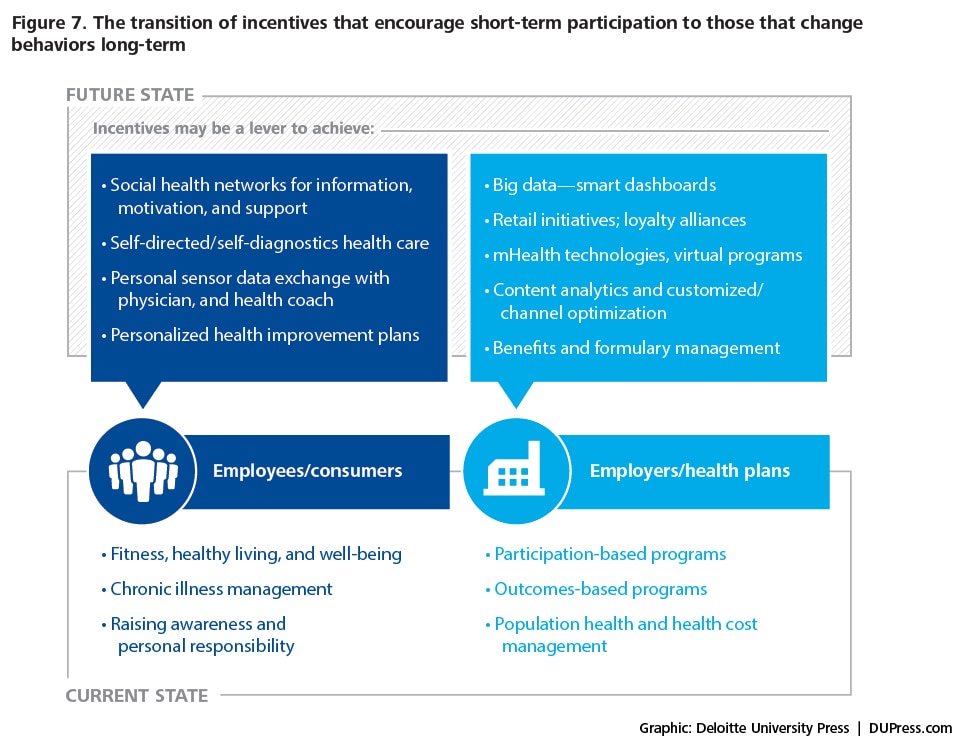Financial Incentive Program

Introduction NRCS offers voluntary programs to eligible landowners and agricultural producers to provide financial and technical assistance to help manage natural resources in a sustainable manner. Through these programs the agency approves contracts to provide financial assistance to help plan and implement conservation practices that address natural resource concerns or opportunities to help save energy, improve soil, water, plant, air, animal and related resources on agricultural lands and non-industrial private forest land. Financial Assistance Programs Our financial assistance programs include the following: The (AMA) helps agricultural producers use conservation to manage risk and solve natural resource issues through natural resources conservation. NRCS administers the AMA conservation provisions while the Agricultural Marketing Service and the Risk Management Agency implement other provisions under AMA. The (CSP) helps agricultural producers maintain and improve their existing conservation systems and adopt additional conservation activities to address priority resources concerns. Participants earn CSP payments for conservation performance—the higher the performance, the higher the payment. The ( EQIP) provides financial and technical assistance to agricultural producers in order to address natural resource concerns and deliver environmental benefits such as improved water and air quality, conserved ground and surface water, reduced soil erosion and sedimentation or improved or created wildlife habitat. Rhythm X Audition Packet Pdf Editor.
Recent incentive programs. Financial incentives for teachers, students. Download A Filha Do Mal Dublado Avi. 8 The Power and Pitfalls of Education Incentives. Financial incentive programs are designed to inspire employee loyalty and increase productivity among employees. For all financial incentive programs, your employees.
The (WBP) on the land for the benefit of migratory wildlife such as waterfowl, conserves surface waters, reduces soil and wind erosion and contributes to flood control. WBP is only available in Minnesota, North and South Dakota. Former Financial Assistance Programs The ( AWEP) was a voluntary conservation initiative that provided financial and technical assistance to agricultural producers to implement agricultural water enhancement activities on agricultural land to conserve surface and ground water and improve water quality. The (CCPI) was a voluntary conservation initiative that enabled the use of certain conservation programs along with resources of eligible partners to provide financial and technical assistance to owners and operators of agricultural and nonindustrial private forest lands. The (WHIP) was a voluntary program for conservation-minded landowners who want to develop and improve wildlife habitat on agricultural land, nonindustrial private forest land, and Indian land. It has been folded into EQIP. Please see the for more information about conservation opportunities similar to AWEP and WHIP.
The HSP Incentives Program provides financial incentives to California growers and ranchers to implement conservation management practices that sequester carbon, reduce atmospheric greenhouse gases (GHGs), and improve soil health. GHGs benefits are estimated using quantification methodology and tools developed by California Air Resources Board (CARB), USDA-NRCS and CDFA and soil health improvement will be assessed by measuring soil organic matter content. 2017 HSP Incentives Program CDFA allocated $3.75 million in FY 2016-2017 from the Greenhouse Gas Reduction Fund for 2017 HSP Incentives Program. Projects selected for 2017 HSP Incentives Program Awards The California Department of Food and Agriculture is pleased to announce sixty-four projects selected to receive 2017 HSP Incentives Program funding.